Beware, Lights Off! My Middle Child Joins the Nighttime Reading Club
It’s official: my middle child has reached a milestone that’s both familiar and heartwarming. Last night, I uttered the words I thought I’d perfected years ago with my oldest: “Beware, lights off! No more reading tonight!” Yes, my daughter has joined the ranks of relentless bedtime readers, and I couldn’t be prouder—or more amused. It’s like déjà vu, only this time it’s with her unique spark and determination.
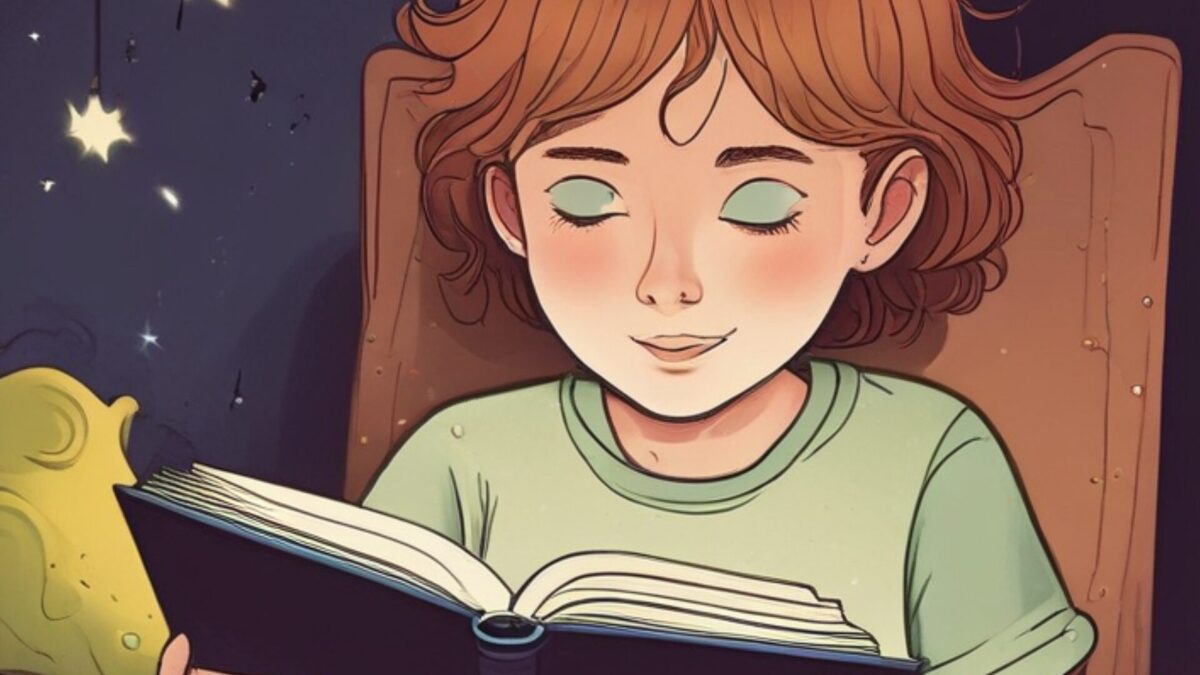
The flashback to her big brother’s journey is almost uncanny. At 13, he’s now a full-fledged bookworm who can finish a thick fantasy novel before I’ve even located my reading glasses. I remember the exact moment I caught him sneaking a flashlight under the covers, utterly engrossed in a story he just couldn’t put down. Now, it’s her turn. The difference? She’s perfected her own stealth tactics, from hiding books under her pillow to arguing (quite convincingly) that “just one more chapter” won’t hurt.
What’s striking is how this shared love of reading has brought its own rhythm to our household. Sure, the battle of bedtime versus books can be a challenge, but it’s also a tradition I secretly cherish. The glow of a child captivated by a world of words feels like a gift. And seeing her follow in her brother’s footsteps—not because she has to, but because she’s found her own joy in stories—feels like watching a part of our family’s legacy unfold.
So, as I flip off the light and remind her to rest those eager eyes, I can’t help but smile. There’s something magical about this phase of childhood, where imagination soars and bedtime rules become, well, negotiable. Here’s to raising readers—one “lights off!” at a time!
Puzuru Zoomdarbnīca ar Līgu!
Cartoons during recess at scholl. N.Sakss Konstantinovs
In many schools, it is becoming common practice to play cartoons during breaks. The teacher puts on a YouTube channel on the digital board, and the children quietly spend the break. 🖥 No running in the hallways. No roughhousing. Everyone stays in their place. Sounds effective.
However, overall, this is not a good method: the children don’t move, don’t release tension, and also miss the opportunity to socialize with each other. This is especially important for hyperactive and emotionally dysregulated children. Even if roughhousing creates noise, someone falls, someone argues, or someone gets pushed (these are all completely normal experiences), children need free time outside the classroom. Moreover, they need active free time. 💁
Otherwise, throughout the day, the tension in the child only builds up. In the long term, this will be more harmful. Perhaps the child will explode, either by the end of the day or the week. Maybe they’ll come home "frustrated" and provoke their parents. They will certainly not behave better in school, nor will they learn better. It is a short-term solution, which—like many quick fixes—doesn’t solve the problem but increases it in the future.

Some solutions that work in other schools:
✅ Open and accessible gym during breaks
✅ Student-organized football and other games in the schoolyard during each long break
✅ Mats and soft balls in the school hallway
✅ Adult "supervision" during breaks, ensuring safety and quickly resolving conflicts if they arise
In the long run, this will bring better results, more manageable classes, and more capable students.
‼️ If possible, share solutions from your own or your children’s schools!
Reposted from HERE
Bringing Steiner’s Vision to Life in Today’s World
Introduction
In the previous post, we explored Rudolf Steiner’s holistic approach to education, which emphasizes the development of the whole child—mind, body, and spirit. As parents, the idea of nurturing our children in such a comprehensive way is deeply appealing. But in a world that often values academic achievement over personal growth, how can we realistically implement Steiner’s principles in our children’s education today?
This chapter will delve into the practical aspects of Steiner’s philosophy. We’ll discuss how parents can support their child’s development at home, what to look for in a school that aligns with these values, and how to create a balanced educational environment that fosters both academic and personal growth.
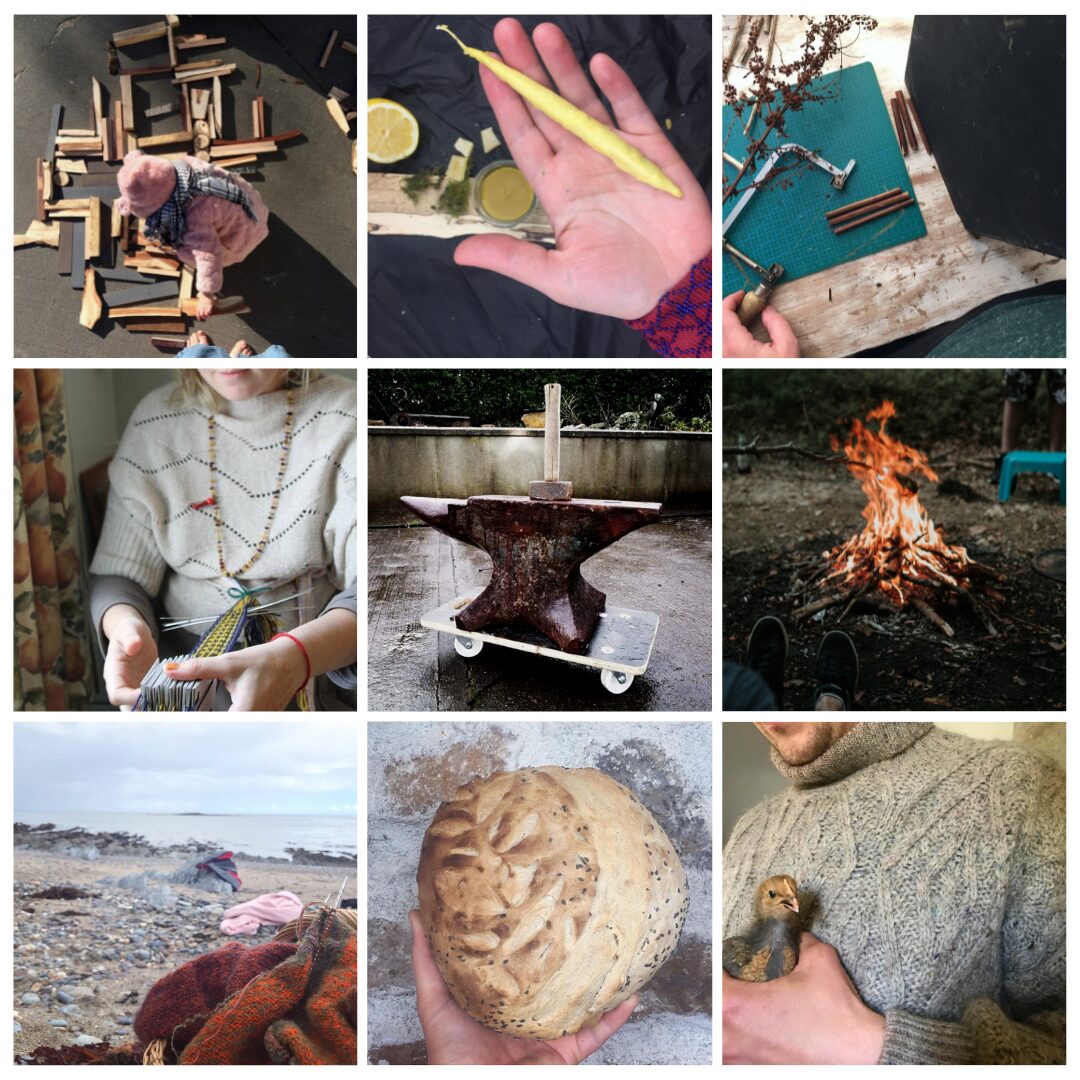
Creating a Steiner-Inspired Home Environment
One of the most significant ways parents can bring Steiner’s educational philosophy to life is by creating a home environment that reflects his principles. Waldorf education isn’t confined to the classroom; it’s a way of life that can permeate your family’s daily routines and activities.
1. Nurturing Creativity and Imagination
Steiner placed a high value on creativity, believing that imaginative play and artistic expression are vital for children’s development. As parents, we can foster creativity at home by providing our children with opportunities for open-ended play. Simple toys made from natural materials, like wooden blocks, dolls, or art supplies, encourage children to use their imagination rather than relying on electronic devices or highly structured toys.
Incorporating arts and crafts into your child’s routine is another way to nurture their creative spirit. Activities like painting, drawing, sewing, or playing a musical instrument can be both fun and educational. These activities not only stimulate the mind but also help develop fine motor skills and emotional expression.
2. Cultivating a Love of Nature
Steiner believed that a connection to nature is essential for a child’s well-being. In today’s digital age, where screens often dominate our children’s attention, it’s more important than ever to encourage outdoor play and exploration. Whether it’s a walk in the park, gardening in the backyard, or simply observing the changing seasons, spending time in nature can help children develop a sense of wonder and respect for the world around them.
You can integrate nature into your daily life by celebrating seasonal festivals, creating nature tables at home, or involving your child in caring for plants or pets. These activities help children feel connected to the rhythms of the earth and foster a sense of responsibility for the environment.
3. Encouraging Rhythms and Routines
Steiner emphasized the importance of rhythm in a child’s life, believing that a predictable routine provides a sense of security and balance. As parents, we can support our children by establishing consistent daily rhythms that include time for play, learning, meals, and rest. Simple rituals, such as family meals, bedtime stories, or morning greetings, can create a comforting structure that helps children feel grounded and secure.
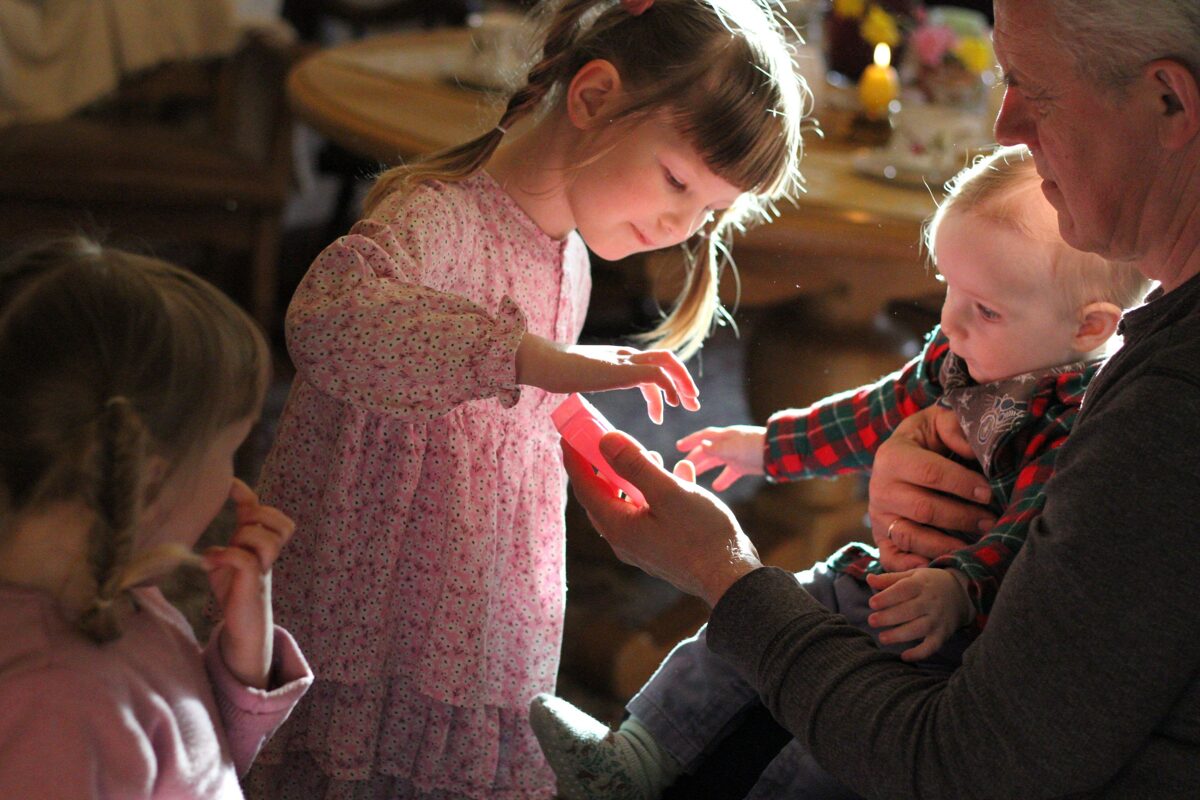
Choosing the Right Educational Path
While creating a supportive home environment is essential, choosing the right educational path for your child is equally important. For parents interested in Steiner’s approach, this often means considering a Waldorf school or a similar alternative education model.
1. What to Look for in a Waldorf School
If you’re considering enrolling your child in a Waldorf school, there are several key aspects to consider:
Curriculum: Waldorf schools follow a developmental curriculum that aligns with Steiner’s principles. Look for a school that emphasizes creativity, critical thinking, and hands-on learning, with a strong focus on the arts, movement, and practical skills.
Community: A Waldorf school should foster a sense of community and collaboration among students, teachers, and parents. Involvement in school activities, festivals, and parent education programs can help you feel connected to the school’s mission and values.
Teacher-Student Relationships: In Waldorf education, the relationship between teacher and student is central to the learning experience. Teachers often stay with the same group of students for several years, allowing them to develop deep, trusting relationships. Look for a school where teachers are dedicated to understanding and nurturing each child’s unique strengths and challenges.
2. Integrating Steiner’s Principles in Conventional Schools
Not all families have access to a Waldorf school, and some parents may choose to send their children to a conventional school. However, it’s still possible to integrate Steiner’s principles into your child’s education, even within a traditional setting.
Advocate for a Balanced Curriculum: Engage with your child’s teachers and school administration to advocate for a balanced curriculum that includes arts, music, and physical education alongside academic subjects. Emphasize the importance of creativity, critical thinking, and emotional well-being in your child’s overall development.
Supplement at Home: If your child’s school doesn’t offer certain Waldorf-inspired activities, consider supplementing their education at home. After-school activities like music lessons, art projects, or nature walks can provide the holistic experiences that Steiner valued.
Foster Emotional Intelligence: Encourage your child to express their feelings and develop empathy for others. Books, discussions, and role-playing can help children understand and navigate their emotions, an essential part of Steiner’s approach.
Balancing Academic Achievement and Personal Growth
As parents, we often feel the pressure to ensure our children succeed academically, especially in a competitive world where grades and test scores are often seen as the primary indicators of success. However, Steiner’s philosophy reminds us that true education is about much more than academic achievement. It’s about helping our children grow into well-rounded, thoughtful, and compassionate individuals.
1. Prioritizing Well-Being Over Performance
Steiner’s approach encourages us to prioritize our child’s well-being over their performance. This means paying attention to their emotional and physical health, ensuring they have time for rest, play, and creative expression, and not pushing them too hard academically at the expense of their happiness and development.
2. Encouraging a Growth Mindset
One of the most valuable gifts we can give our children is a growth mindset—the belief that their abilities can develop through effort and learning. Steiner’s approach naturally aligns with this mindset, as it emphasizes the process of learning rather than the outcome. Encourage your child to take on challenges, make mistakes, and see learning as a lifelong journey rather than a race to the finish line.
3. Celebrating Individuality
Every child is unique, with their own strengths, interests, and pace of development. Steiner’s philosophy celebrates this individuality, reminding us that education should be tailored to the needs of the child, not the other way around. As parents, we can support our children by recognizing and nurturing their individual gifts, whether they excel in academics, the arts, sports, or simply in being a kind and thoughtful human being.
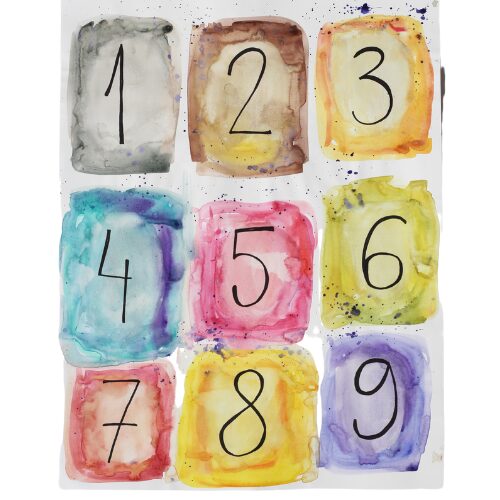
Conclusion
In today’s fast-paced, achievement-oriented world, Rudolf Steiner’s educational philosophy offers a refreshing reminder of what truly matters in our children’s education. By creating a supportive home environment, choosing the right educational path, and balancing academic achievement with personal growth, we can help our children develop into the well-rounded individuals we hope they will become.
As we continue this journey together, let’s keep in mind that education is not just about preparing our children for the future; it’s about helping them live fully in the present. By embracing Steiner’s principles, we can nurture not just our children’s minds, but their hearts and hands as well, guiding them toward a life of creativity, compassion, and joy.
COMMUNITY GARDENS IRELAND online gathering
On Saturday 2nd March 2024 at 11am, Community Gardens Ireland and Social Farms and Gardens Northern Ireland are organising our 3rd annual online gathering of community growers!

This is always an incredibly popular event and is the largest online event for anyone interested in allotments, community gardens and community growing across the island of Ireland.
The 2024 theme is Food Education!
For more details on this event, email us at[email protected].
https://cgireland.org/3rd-
Bookings are now open – get yours soon!
WINTER SOLSTICE 2023
In a world filled with complex rituals, there's a simplicity in marking the changing seasons and celestial events. Astronomical dates, such as solstices and equinoxes, offer a connection to the cosmos. These events, rooted in scientific precision, remind us of our place in the grand tapestry of the universe and evoke a profound sense of gratitude for the wonders of nature.

Some traditional celebrations carry intricate narratives that can be perplexing to unravel. The essence of these traditions may get lost in translation over time, leaving us with festivities whose meanings are shrouded in ambiguity. While cultural diversity enriches our lives, it's crucial to understand the significance behind the rituals we partake in, fostering a deeper sense of appreciation and gratitude.
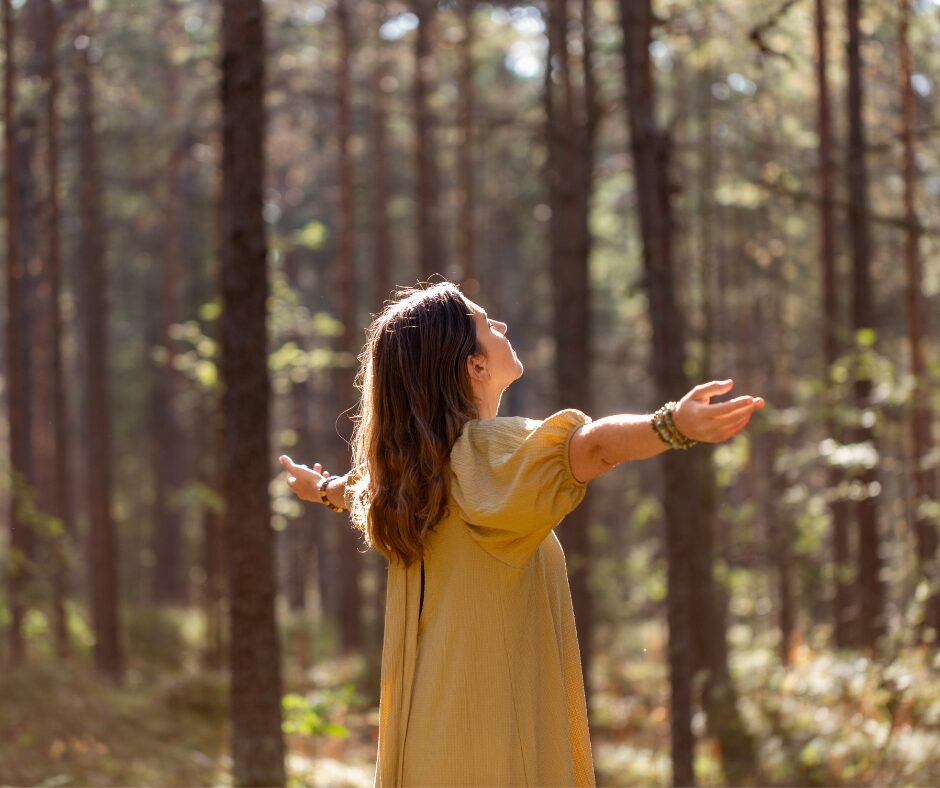
Amid the complexity of human-made customs, the sun stands as a constant, unwavering presence in our lives. Celebrating astronomical dates is a testament to our acknowledgment of this celestial force. It's an opportunity to pause, reflect, and honour the natural cycles that shape our world, cultivating a sense of gratitude for the life-giving energy that sustains us.
Diversity in celebrations is a beautiful aspect of humanity. Instead of imposing one way of observing events, let's appreciate the myriad ways people connect with the cosmos. By doing so, we foster understanding, tolerance, and unity, underpinned by a shared sense of gratitude for the vast array of human experiences and expressions.

In the dance of planets and the rhythm of seasons, there's a beauty that transcends the complexities of human traditions. Celebrating astronomical dates is a way to tap into this universal harmony, grounding ourselves in the real and the tangible. As we navigate the diverse landscape of celebrations, let's not forget the simplicity, authenticity, and profound gratitude that embracing the cosmos can bring to our lives.

HOW TO MAKE: Turmeric and Honey Blend
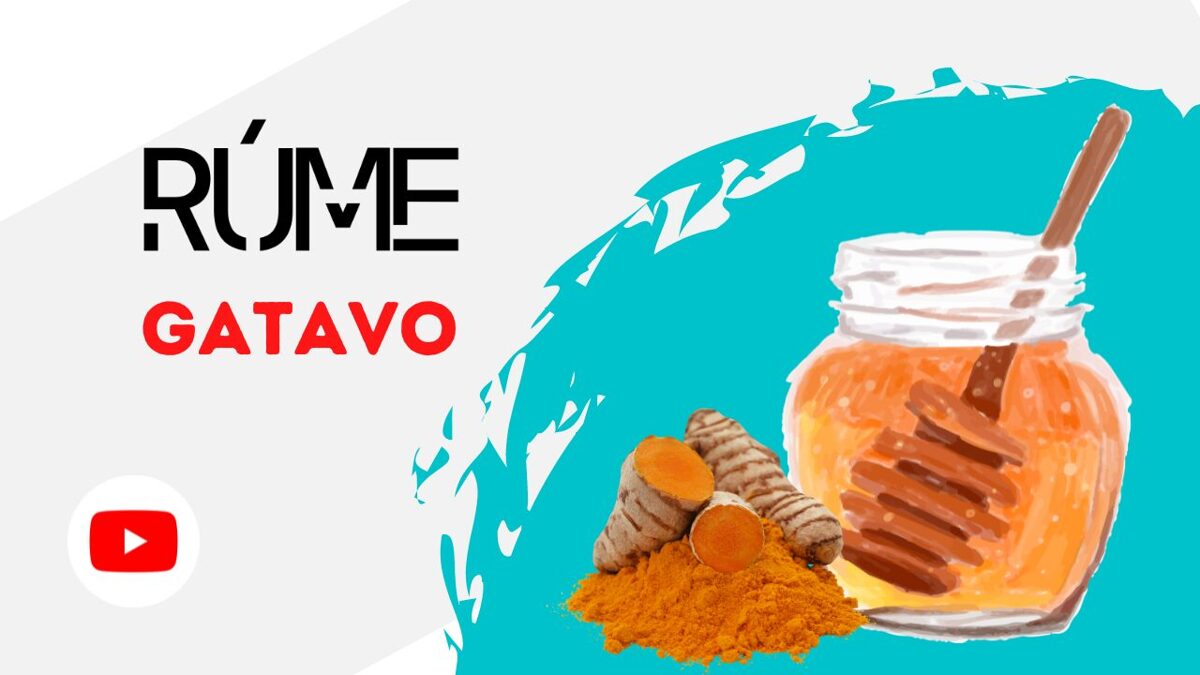
Turmeric has anti-inflammatory properties that can help to reduce inflammation in the gut, while honey contains prebiotics that can help to nourish good gut bacteria. This combination can help to improve digestive health and support the immune system. Antiseptic Properties: Turmeric and honey have antiseptic properties that can help to protect against infections. The combination of the two can help to cleanse the body of harmful bacteria and toxins. It can also help to reduce the risk of infections and promote overall health. Antifungal Properties: Turmeric and honey are both antifungal, making them a powerful combination for fighting fungal infections.
This combination can help to reduce the risk of candida overgrowth and other fungal infections, and support a healthy gut. Endless Shelf Life: Another great benefit of turmeric and honey is that it has virtually an endless shelf life. The oldest honey ever discovered is 2000 years old and is still theoretically edible. This means that you can always have this mixture on hand, ready to use whenever you need it. In conclusion, the combination of turmeric and honey is a powerful mixture that offers numerous health benefits, including improved gut health and microbiome, antiseptic and antifungal properties, and an endless shelf life. If you're looking for a natural way to support your health, this mixture is definitely worth a try!
New FREE printable: adding for ages 3-5
Feel free to download this FREE printable from us <3
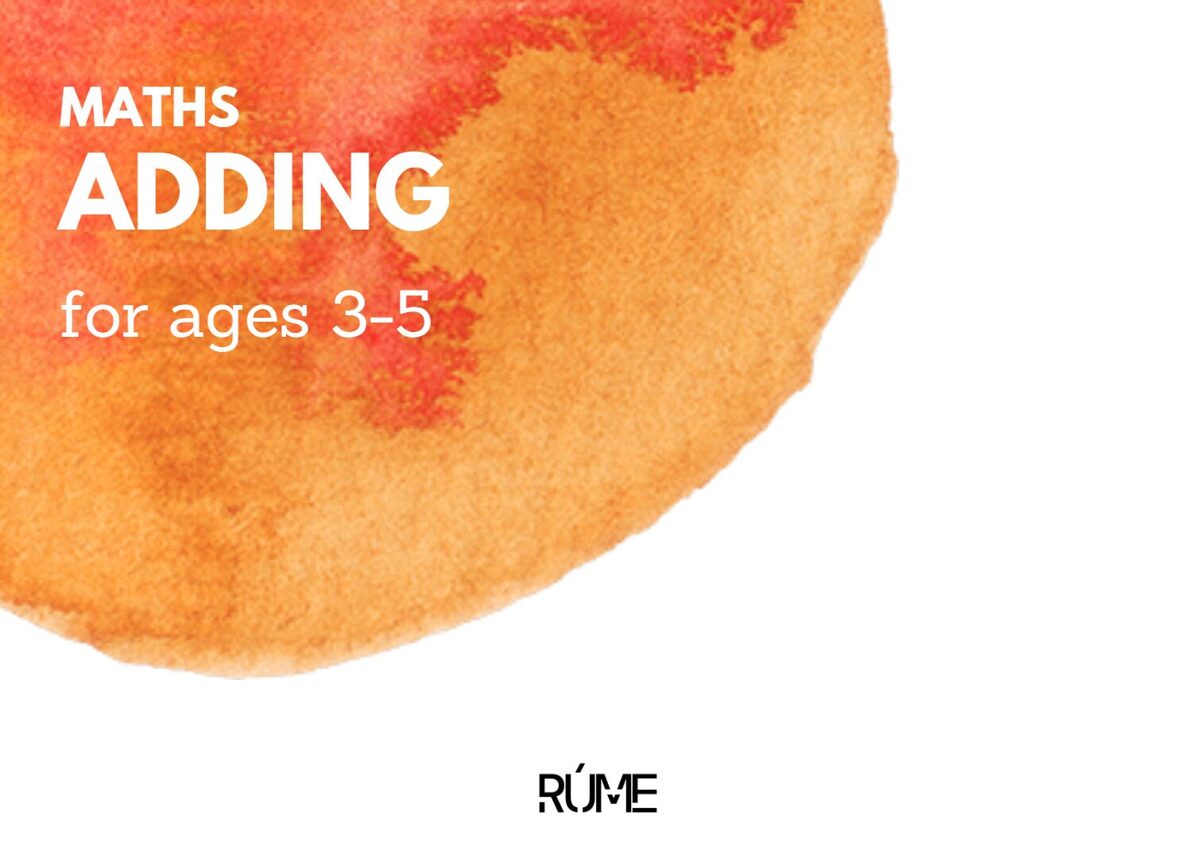
In Peace,
Team RÚME
some of the past online workshops
RÚME when it just started
How it all started
Such fun workshop! Multicultural one!
And the result was many types and variations for us and the participants. First major experience with setting up zoom, fb live etc while leading a workshop and managing kids. Mostly two at a time.
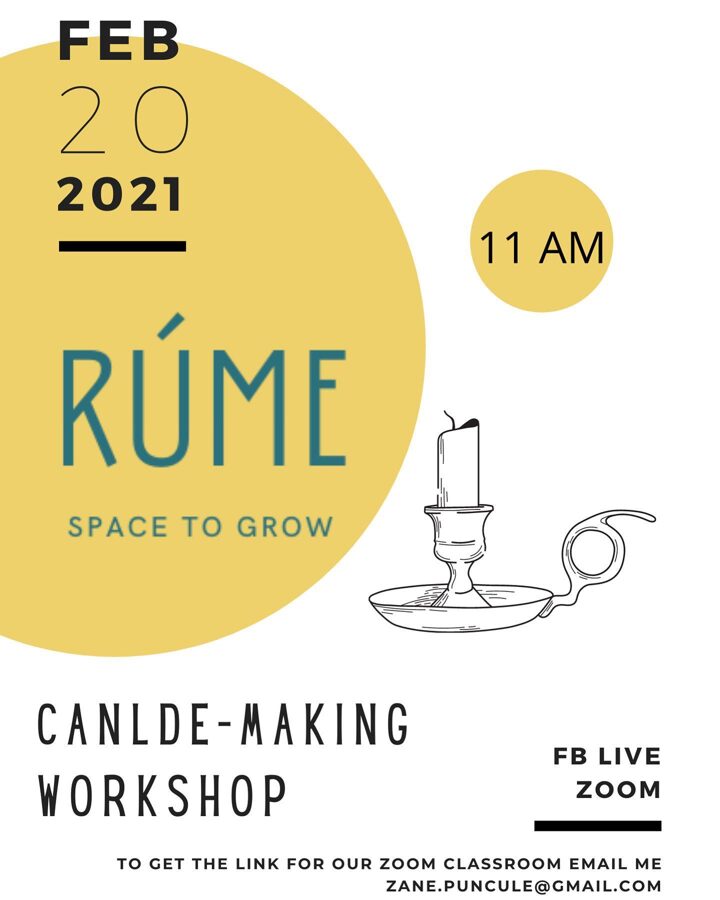
The workshop that did not happen. Many reasons why but most important one being that our family researched and said goodbyes to our juicer. Because fibres. Because fruit and veg are wholesome and should be consumed as such.

The workshop that required to create an email for our group! Happy days! Now people could apply to attend not only through PMs and DMs!
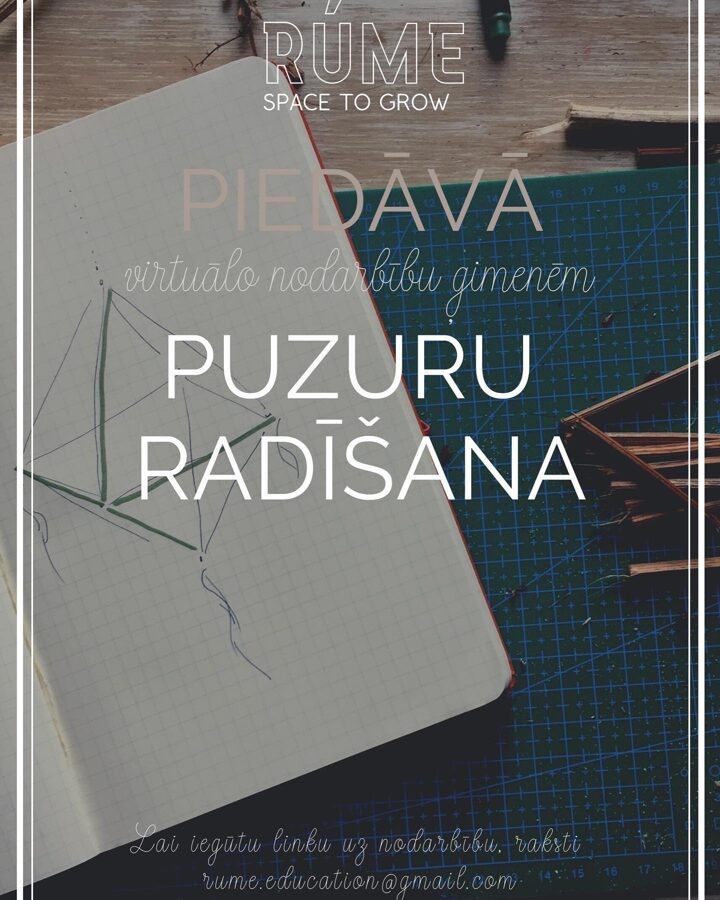
As Christmas had approached we decided the banner of our FB group needs to represent it. Much better job at Canva.com this time!

As clumsy as this first image may look, this in fact is the very first try to sort something out about RÚME on canva.com The background is a blurred photo of the place back in Latvia where I grew up. And the actual design of the logo - I refuse to comment on it. 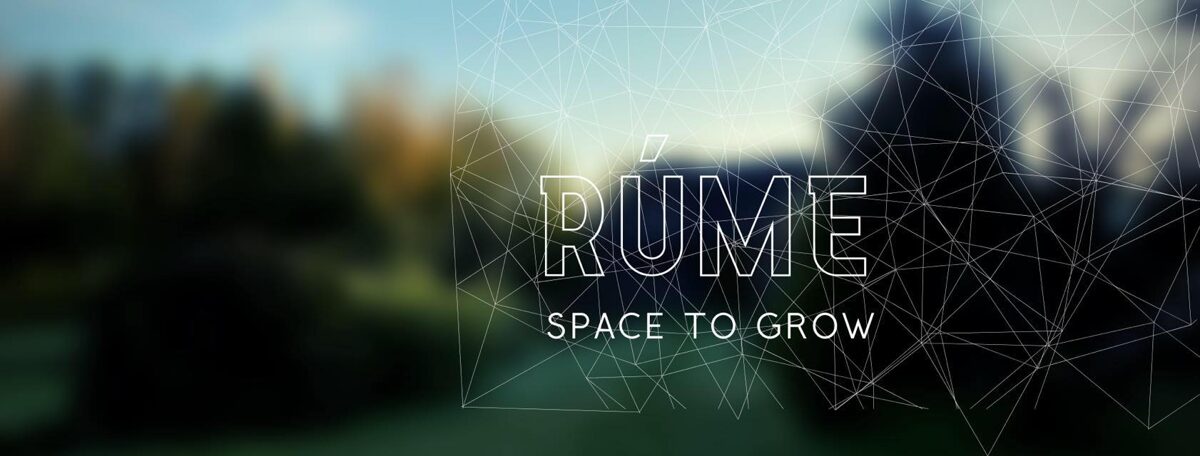
Climate Conversations

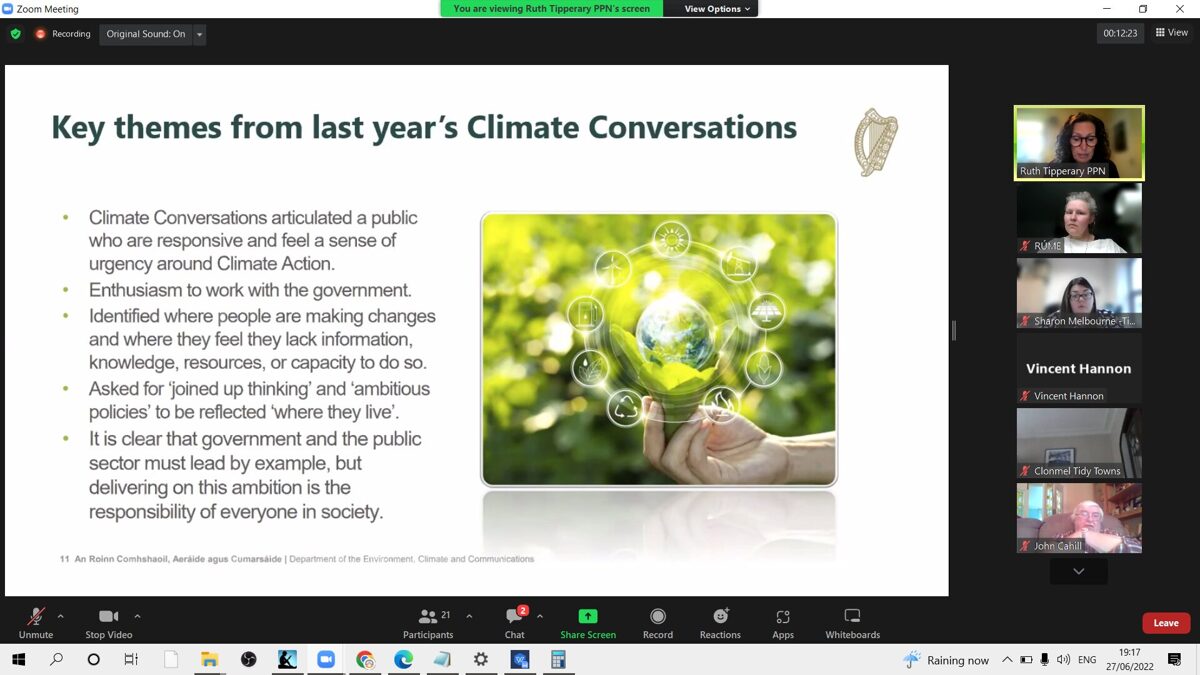
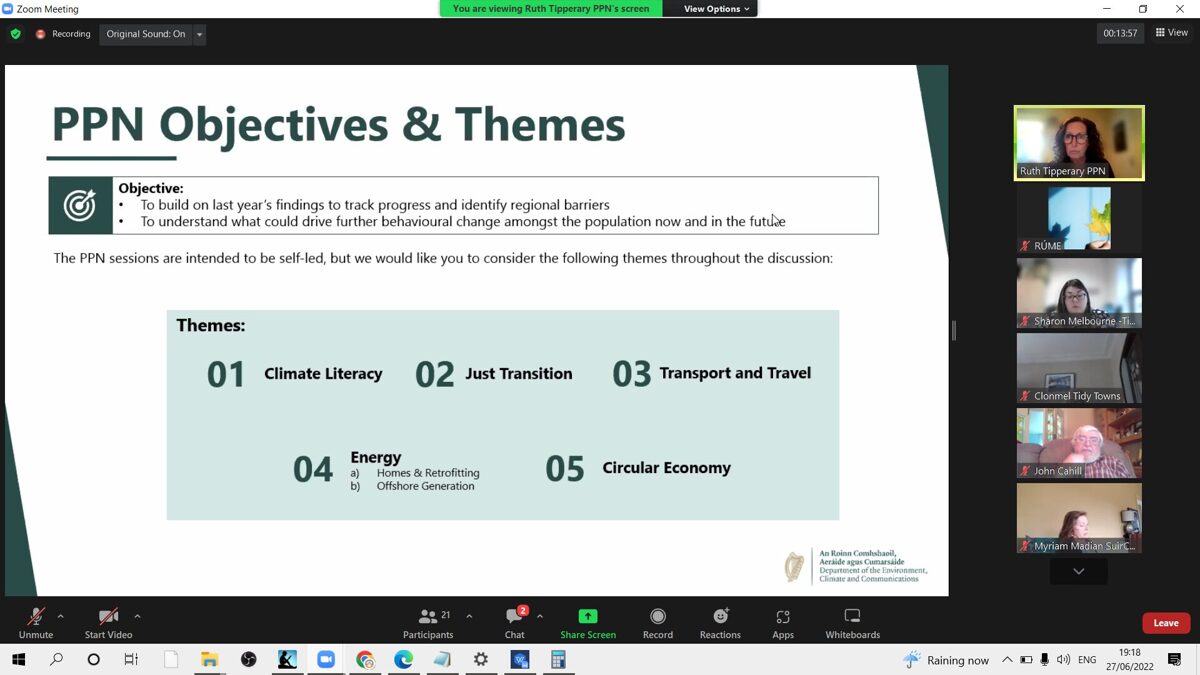
Excited for the next hour or so.
In Peace,
Zane
SUMMER SOLSTICE
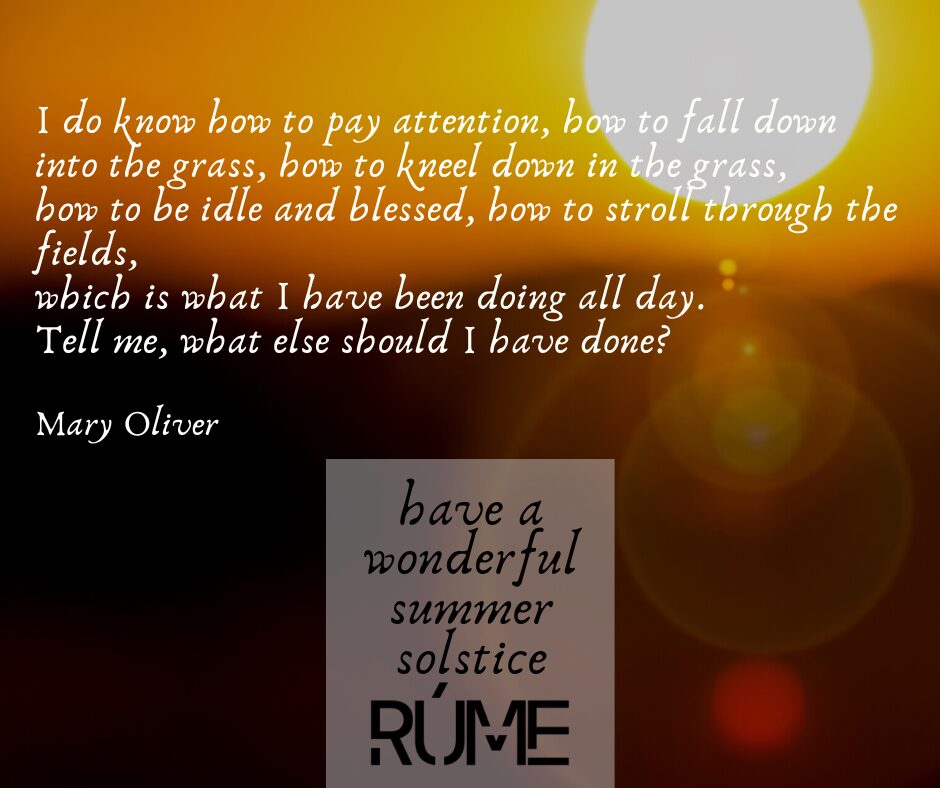
For thousands of years, the Summer Solstice has been celebrated in Ireland as a time of rebirth and flourishing. Early Pagan and Druid settlers revered the date as a significant time in the natural and spiritual world when a line is drawn between light and dark on earth.
The date officially marks the longest day and shortest night of the year in the Northern Hemisphere, and Irish people have been celebrating the festival of Litha (which means light), on the eve of the solstice date, as far back as records go.
Litha is an official Celtic Pagan festival dedicated to celebrating the life-giving, and regenerative, healing powers of the sun. In fact, the festival is still celebrated all over Ireland today at ancient stone circles, and also at Stonehenge in England. The festival originates from the fact that the Celtic people of Ireland depended heavily on agriculture for survival, and were therefore very reliant on good weather and the natural changing of the seasons for healthy crops. Furthermore, people believed that celebratory rituals performed at Litha would encourage fruitful farming, healthy cattle, and prosperity. For example, Celtic people lit large bonfires on hilltops to signify the sun burning brightly at its highest point, and also as a way to worship the Celtic sun God, Lugh. The celebrations carried on all through the night with great feasts, music, and dancing until sunrise, and were a way of welcoming the longest day.
Weddings were also common during Litha and the bride and groom were often encouraged to jump across flames to ensure a happy and healthy marriage. Celtic Druids also saw the Summer Solstice as a time to celebrate the triumph of light over dark, with the extra-long days of sunshine thought to banish dark spirits. It was also viewed as a time of growth, fertility, life, and rebirth. However, parallel to the celebration of light, there was also a recognition that this date, in turn also heralded the slow return back to the dark nights of winter. To symbolize this, it was a Celtic ritual at Litha to roll burning wooden circles, down the hilltop to signify the light slowly returning to dark again, as part of the natural circle of life.
Christians, Pagans, and Druids Still Celebrate the Summer SolsticeIn order to integrate into the existing culture at the time, Christians in Ireland adopted many of these midsummer festivities and decided to call the eve of the Summer Solstice, “St. John’s Night.” To this day, Christians, Pagans, and Druids gather together in Ireland to celebrate the Summer Solstice in this way; bonfires are still lit on hilltops and The Irish Environmental Protection Agency even declared an exemption for the lighting of bonfires on this date.
One of the most notable places for gatherings and celebrations of the Summer Solstice in Ireland can be seen each year at a large historical mound and tomb, called Newgrange, in County Meath. Newgrange is a World Heritage Site and is the burial tomb for an ancient King of Ireland. The tomb dates back to 3,200 BC, making it older than Stonehenge and The Great Pyramids of Giza. Both the winter and Summer Solstices are celebrated here and the entrance stones are astronomically aligned with the sun, so that at sunrise on the Winter Solstice, the sun illuminates the entrance passage to the tomb with a beam of light.
However, Newgrange is just one of the sites for Summer Solstice celebrations in Ireland. People also gather at ancient stone circles at The Hill of Tara and Carrowkeel in County Sligo to mark the occasion. With almost 200 stone circles still standing across Ireland, you’re never too far away from one. Furthermore, the stones at Carrowkeel are also astronomically aligned with the sun, so that the inner chamber is illuminated at the Summer Solstice, just like Newgrange is at the Winter Solstice.
https://nowwithpurpose.com/the-summer-solstice-how-the-irish-do-it/BURNOUT
And how do You feel about burnout? Has it reached You yet since the pandemic. Maybe some other time during Your personal or professional experiences?
I found this article to be an excellent read on this topic. Spare 3 minutes and read through. And let me know what You think.
https://www.edutopia.org/article/how-burned-out-are-you-scale-teachers

SHADOWS

In
It was Jung’s supposition that if you didn’t embrace the entirety of your being, you couldn’t live a full and unfettered life. “Until you make the unconscious, conscious, it will direct your life,” he tendered, “and you will call it fate.” A shadow can lead to limiting beliefs, which may snowball into all manner of undesirable outcomes: self-sabotage, destructive behaviour, ruined relationships.
The idea of shadow work, then, is acknowledging all parts of the psyche — effectively bringing what is dark into the light. You can’t have balance without both the dark and the light. Shadow work actualizes living a multi-faceted life that incorporates the good, the bad, the beautiful, the ugly, the embarrassing, the uncertain. All of it! (2)
That all being a mere technical description for You to rise some questions (perhaps?).
My goal today is more about reaching one simple (?) goal.
I wish to think about the shadow. Take an object, draw its shadow and observe it. And I also wish to pander on a thought about what assumptions I have about my surroundings and how it affects me as a parent. I even might do this drawing activity with my littles come tomorrow. And I might even ask them what they think about shadows.
I will gladly hear about what thoughts arose at Your end. Share them in comments below.
In Peace,
Zane
1 Shadow (psychology) - Wikipedia
2 Shadow Work Explained | What Is It And Should I Be Doing It? (scarymommy.com)
Cart
Cart is empty.
